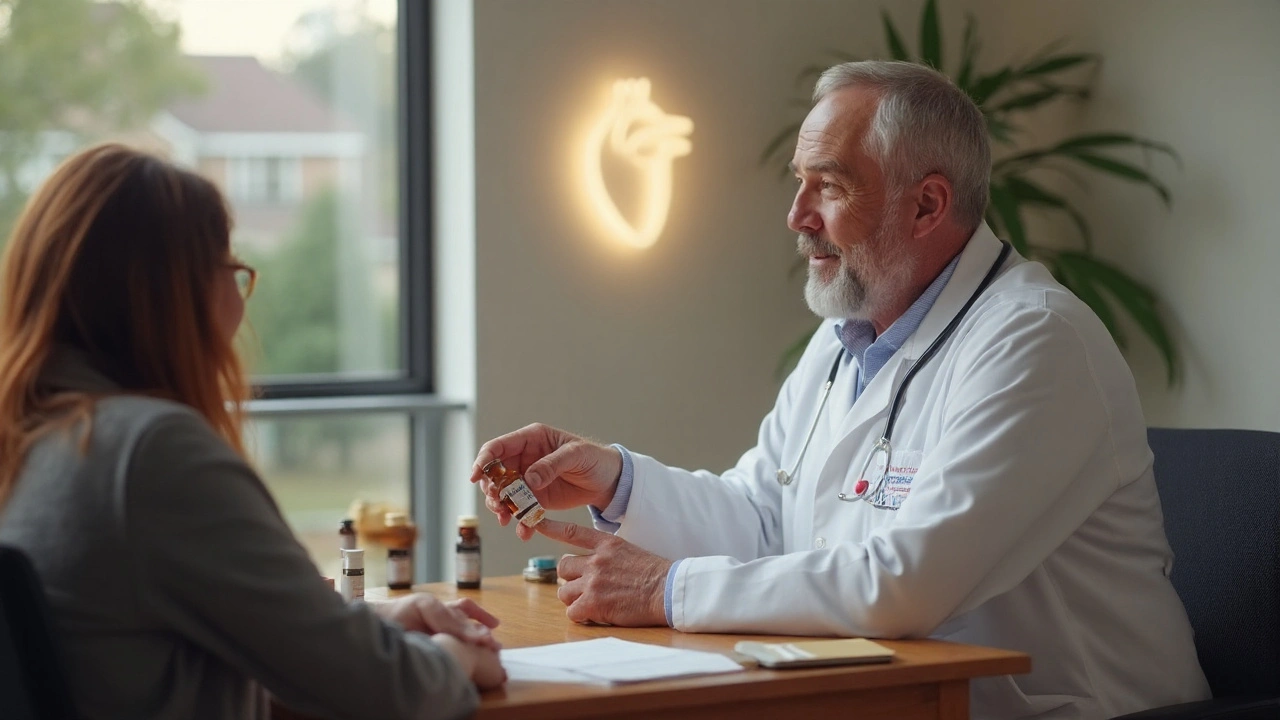Heart Attack Prevention: Simple Steps to Keep Your Heart Safe
When you hear “heart attack,” it feels scary, but most attacks are preventable with everyday choices. You don’t need a medical degree to protect your heart – just a few habits and a bit of awareness.
Lifestyle changes that make a difference
First off, move a little more. You don’t have to run marathons; a brisk walk, cycling to work, or dancing in your living room adds up. Aim for at least 150 minutes of moderate activity each week and you’ll lower blood pressure, improve cholesterol, and keep arteries flexible.
Next, watch what you eat. Swap sugary drinks for water or tea, choose whole grains over refined carbs, and load up on fruits, veg, and nuts. Reducing saturated fat and adding omega‑3 rich foods like salmon or flaxseeds can cut bad cholesterol (LDL) and raise the good kind (HDL).
Smoking is a heart‑killer. If you smoke, quitting is the single most effective step you can take. Even cutting back a few cigarettes a day brings noticeable benefits within weeks.
Stress isn’t just in your head – chronic stress nudges blood pressure higher and can trigger unhealthy coping habits. Try simple stress‑busting tricks: deep breathing, short meditation sessions, or a hobby that makes you lose track of time.
Medical checks and when to act
Regular check‑ups are the safety net you can’t skip. Get your blood pressure measured at least once a year, and keep an eye on cholesterol levels. If you have a family history of heart disease, ask your doctor about a baseline heart health screen even if you feel fine.
When your doctor talks about “pre‑hypertension” or “borderline cholesterol,” don’t brush it off. Those numbers are early warnings, and lifestyle tweaks can bring them back to normal without medication.
If you’ve been diagnosed with high blood pressure, diabetes, or high cholesterol, follow the treatment plan. Taking prescribed meds exactly as directed adds a layer of protection that lifestyle alone may not provide.
Know the warning signs of a heart attack: crushing chest pressure, pain radiating to the arm or jaw, shortness of breath, and sudden sweating. If you or someone near you experiences these symptoms, call emergency services right away. Acting fast saves lives.
Bottom line: protecting your heart is a mix of daily habits, regular medical monitoring, and quick action when warning signs appear. You’ve got the power to lower your risk and stay active for years to come.
Here’s a quick checklist to keep handy: 1) Walk 30 minutes most days. 2) Choose fruits, veggies, whole grains. 3) Quit smoking. 4) Check blood pressure yearly. 5) Know heart‑attack symptoms and call 999 (or 911) immediately. Review this list each month and you’ll stay on track.

Explore how Ramipril, an ACE inhibitor, cuts the risk of heart attacks and strokes with solid trial data, practical dosing tips, and comparisons to other heart drugs.
Read More